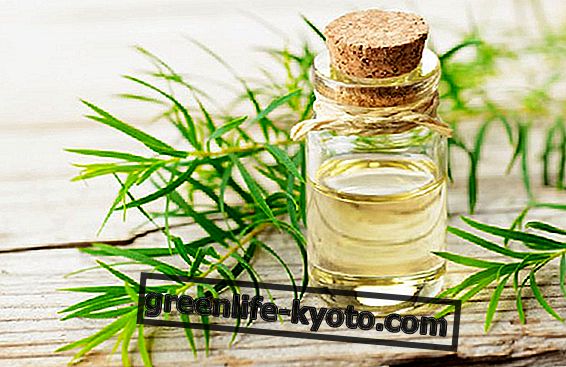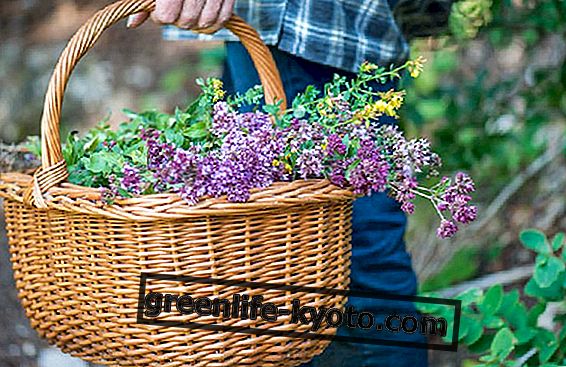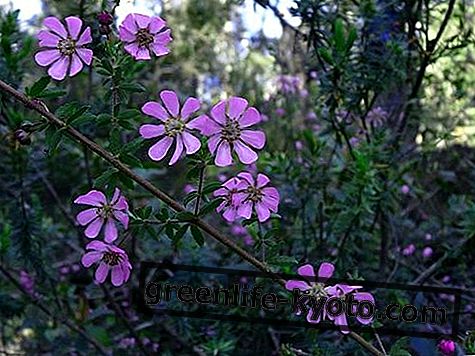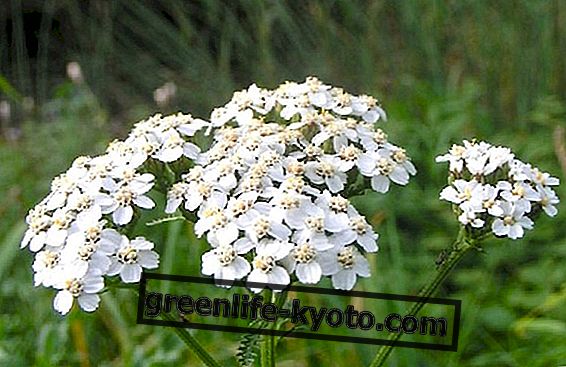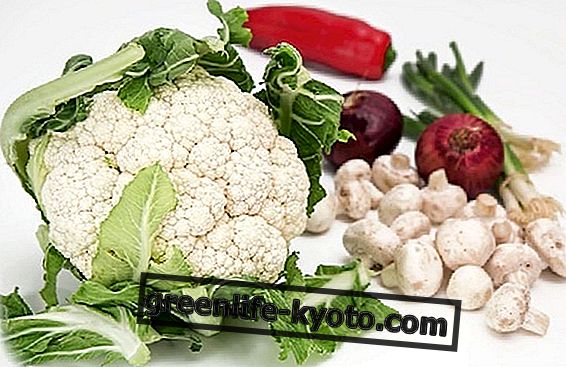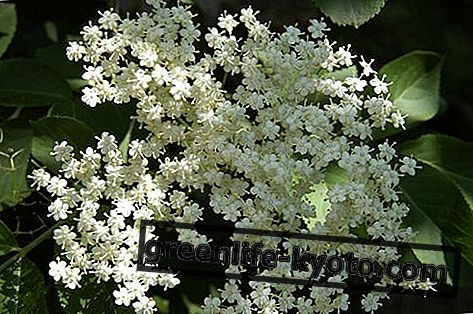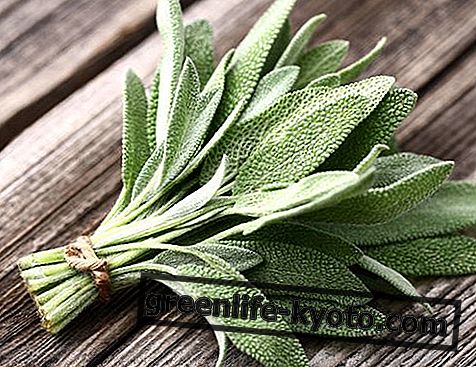
Sesame oil in the kitchen: how is it used?
Sesame oil is the oil obtained from the pressing of sesame seeds, a plant cultivated in India, Burma, Africa and China, up to the United States, while in Europe it can be found more frequently in Greece and in the south of 'Italy.
It is often used in Asian cuisine, particularly in South Asia, as a flavor enhancer, but also in Indian or African cuisine; in China they use it for example for pasta dishes and vegetables or fish, in Japan for tempura. In Africa for the preparation of tahin, the basis for hummus.
Cold-pressed sesame oil is almost colorless, but there are several variations. The two best known are: Asian sesame oil, which derives its dark color and fragrance, reminiscent of hazelnuts, from shelled and toasted seeds.
It is commonly used in Chinese and Korean cuisine, usually added at the end of cooking to improve flavor and is not used as a cooking medium.
The other variant is Indian sesame oil or til, golden yellow, also used for skin and hair. Sesame oil in this case is cold pressed and does not taste like Chinese sesame oil, because it is produced directly from raw seeds and without roasting.
Try 3 recipes with sesame seeds
Why is it so precious?
Sesame seed oil is able to regulate cell development and is highly stable, therefore it does not risk going rancid if it is stored at room temperature, as happens with other oils. It is rich in vitamins, vitamin A, vitamin E, vitamins B1, B2, B3 . It is therefore considered an oil particularly beneficial for health, both for food and for curative and cosmetic use. It has a high content of mineral salts, among which we can find magnesium, phosphorus and calcium.
Excellent natural antioxidant, several studies show that cold-pressed sesame oil would also be able to counter Alzheimer's and hypertension. It also strengthens the immune system, is able to rebalance the body's functions in the event of nausea, headache and vomiting. Sesame seeds, containing a good amount of fat, have a high caloric intake; in fact for every 100 grams of seeds there are about 700 calories. In the kitchen it can be used to season vegetables or steamed dishes, first courses such as ethnic risottos made with basmati or rice or soya pasta, or to enrich mixed salads and sprouts.
The recipe of tofu sautéed with oil and sesame seeds, green beans and lemon
Just cut the tofu into cubes, sauté it in a non-stick pan with a little sesame oil and a teaspoon of seeds, adding it to the previously boiled and lukewarm green beans. Complete seasoning with raw sesame oil and a splash of lemon juice.
Sesame seed oil is sold in ethnic shops, specialized in organic and natural cuisine, in well-stocked herbalists and can also be found on the Internet, of course.
Curiosity
Sesame and its properties have been known since ancient times: the ancient Babylonians used it for sweets and to obtain wine and alcohol, the Egyptians as a medicine, the Indians knew it as early as the third millennium BC and the oldest legends tell that the seeds of sesame would have originated from Visnu's drops of sweat. (Cfr. "Sesame in ancient India" by Saverio Sani).
Probably also the magic formula "Open Sesame", used in the tale of Ali Baba refers to the nutritional properties of sesame, which would open to man the doors of force!
